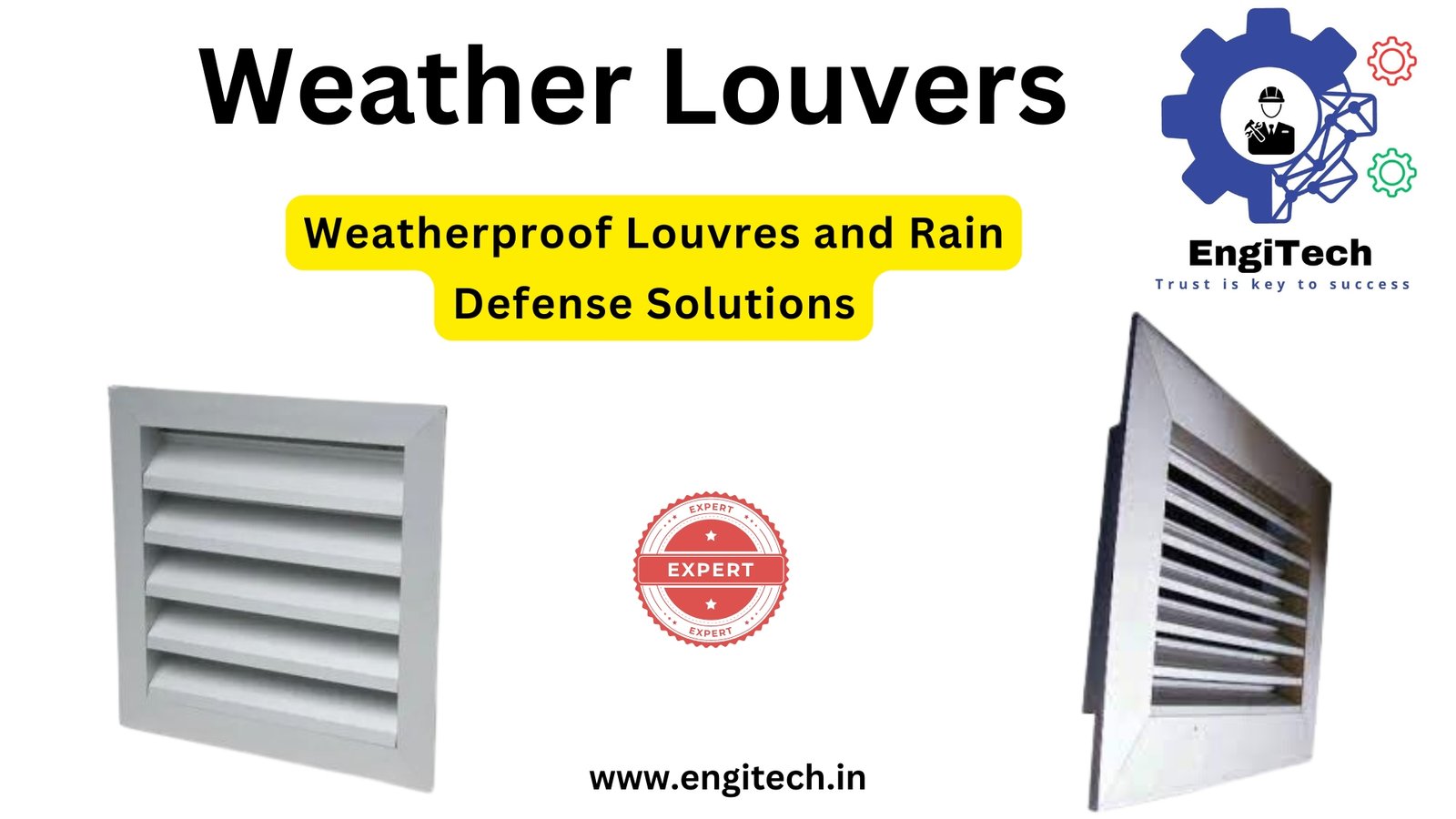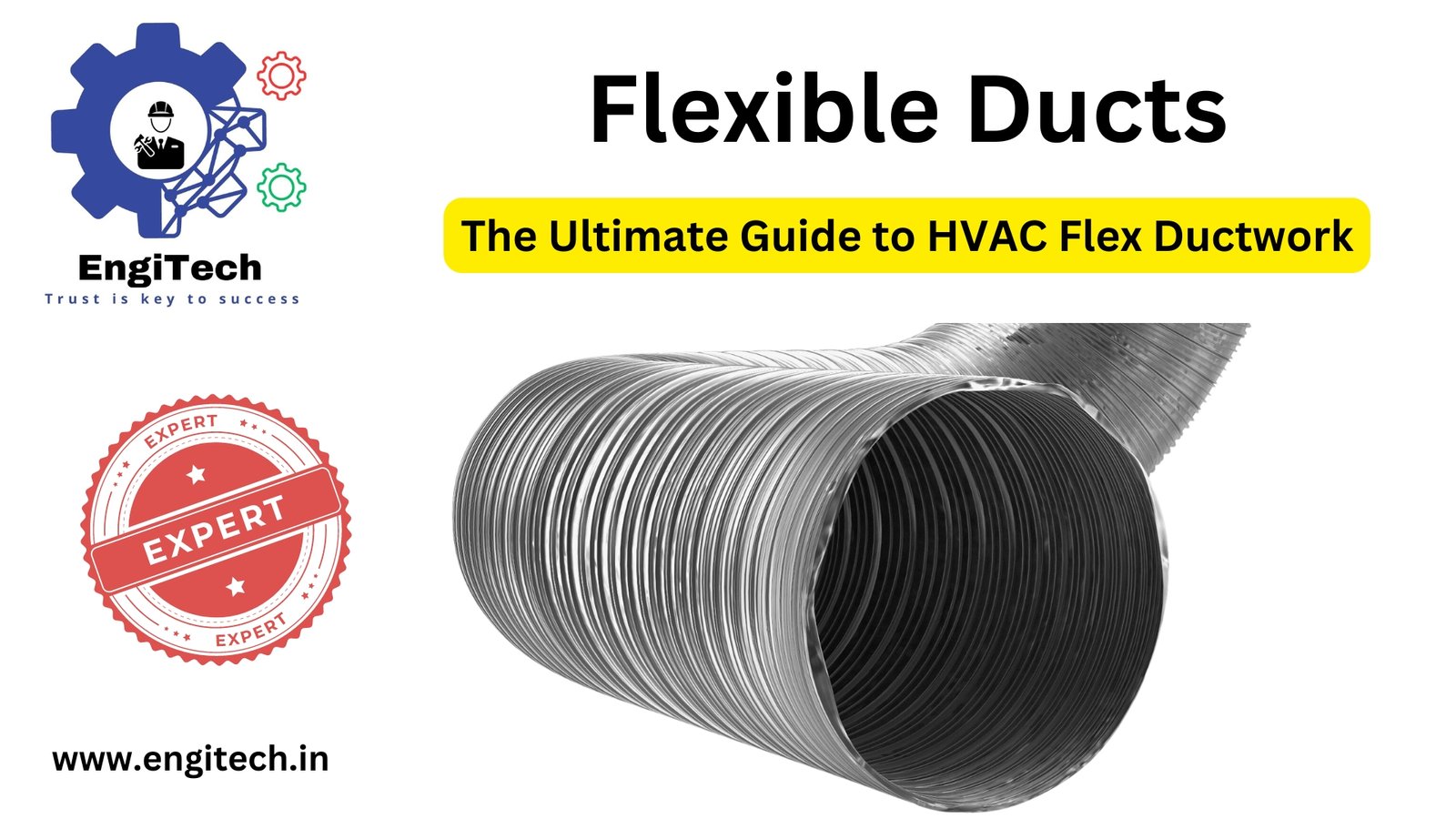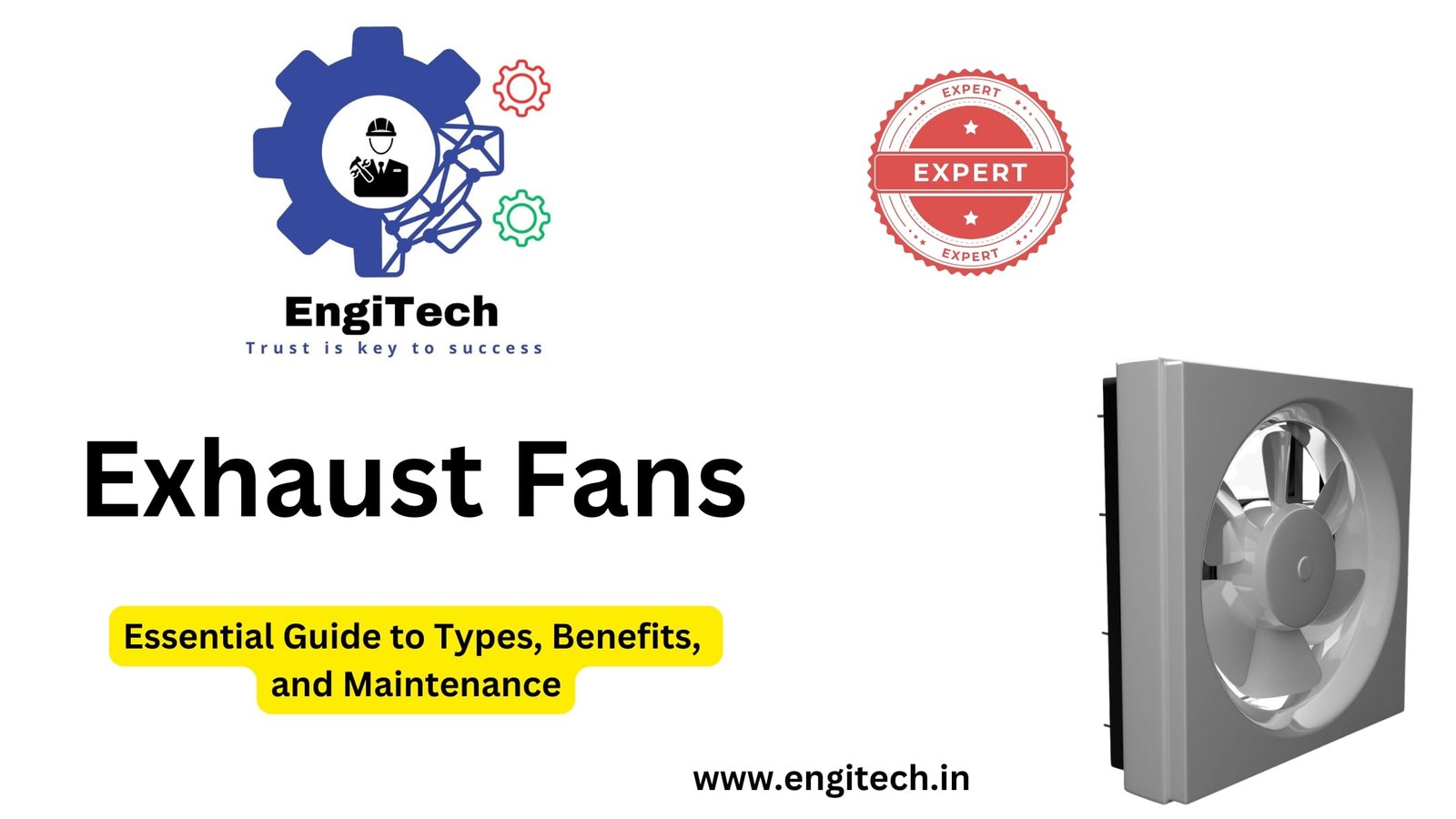The Ultimate Guide to Weather Louvers: Protection, Performance, and Practical Applications

Have you ever noticed those slanted, vent-like structures on buildings and wondered what purpose they serve? Weather louvers are critical components in modern architecture and HVAC systems, yet they often go unnoticed by the untrained eye. These seemingly simple installations actually represent sophisticated engineering solutions that balance airflow, weather protection, and aesthetic appeal. Studies show that properly selected and installed weather louvers can improve building energy efficiency by up to 15%, making them far more than just decorative elements.
In this comprehensive guide, we’ll explore everything you need to know about weather louvers – from basic concepts to advanced selection criteria – helping you make informed decisions for your next construction or renovation project.
Table of Contents
What Are Weather Louvers?
Weather louvers are specialized architectural components designed to permit air passage while preventing water, snow, debris, and other unwanted elements from entering a building or mechanical system. Typically constructed with angled blades, these versatile installations serve as the first line of defense for air intake and exhaust openings in exterior walls.
The Fundamental Purpose of Weather Louvers
Weather louvers perform a delicate balancing act between two competing functions:
- Air Movement – Allowing sufficient airflow for ventilation, cooling, and exhaust purposes
- Weather Protection – Preventing precipitation, debris, and pests from entering the building
This dual functionality makes louvers essential components in nearly all commercial, industrial, and many residential buildings. The design challenge lies in maximizing airflow while minimizing water penetration – a balance that varies depending on specific application requirements.
Anatomy of a Weather Louver
Understanding the components of a weather louver helps in appreciating their functionality:
- Frame – The structural boundary that houses the louver system and anchors to the building
- Blades – Angled slats that direct airflow and shed water
- Mullions – Vertical structural members that provide support in larger louver assemblies
- Jambs – Vertical frame members at the sides
- Sill – The bottom horizontal frame member that typically includes drainage provisions
- Head – The top horizontal frame member
Historical Development
Weather louvers have evolved significantly from their humble beginnings. Early versions were simple wooden slats used primarily for ventilation in hot climates. Today’s modern louvers incorporate advanced materials, precision engineering, and sophisticated aerodynamic designs to meet stringent performance requirements.
The evolution of louver technology parallels the development of building science and energy efficiency standards. As buildings became more sealed and controlled environments, the role of louvers evolved from simple ventilation devices to critical components in building envelope and HVAC system design.
Types of Weather Louvers
Weather louvers come in various configurations, each designed for specific performance characteristics and applications. Understanding these different types is crucial for selecting the right louver for your particular needs.
Standard (Drainable) Louvers
Standard drainable louvers represent the most common configuration found in commercial and industrial buildings. Their design features:
- Blades pitched at angles between 35-45 degrees
- Integral drainage channels to collect and direct water to the exterior
- Moderate resistance to water penetration
- Good free area for airflow
These versatile louvers work well in most general applications where moderate weather protection is needed alongside reasonable airflow requirements.
Storm-Resistant Louvers
When protection against severe weather conditions becomes paramount, storm-resistant louvers offer enhanced performance:
- Deeply recessed, often vertical blades with multiple direction changes
- High water-rejection capability
- Specialized drainage systems
- Lower free area compared to standard louvers
- Higher pressure drop across the louver
Storm-resistant designs excel in coastal regions, areas prone to driving rain, and applications where water penetration must be minimized despite challenging weather conditions.
Acoustic Louvers
In noise-sensitive environments, acoustic louvers provide both weather protection and sound attenuation:
- Thicker, specially shaped blades containing sound-absorbing materials
- Greater depth than standard louvers
- Reduced free area and increased pressure drop
- Sound reduction performance typically measured in decibels
These specialized louvers find applications near residential areas, hospitals, schools, and other locations where noise control is a priority.
Sightproof or Vision-Proof Louvers
When privacy or visual screening is required along with ventilation:
- Blades configured to block line-of-sight viewing
- Often used for equipment screening or security applications
- May sacrifice some weather performance for visual blocking capability
- Can be combined with other louver types for enhanced functionality
Combination Louvers
Some situations demand multiple functions from a single louver assembly:
- Louver/damper combinations that provide both weather protection and airflow control
- Louver/equipment screen combinations for both functional and aesthetic purposes
- Blast-resistant or security louvers that combine weather protection with physical security features
Custom and Architectural Louvers
For projects where aesthetics are particularly important:
- Custom blade profiles and configurations
- Decorative patterns and finishes
- Integration with building façade design
- Special shapes and forms beyond standard rectangles
Performance Metrics and Standards
Selecting the appropriate weather louver requires understanding key performance metrics that determine functionality and efficiency. Industry standards provide a consistent framework for evaluating and comparing different louver options.
Free Area
Free area represents the unobstructed portion of a louver face that allows air passage. This metric is typically expressed as a percentage of the total face area or as square feet of free area per square foot of louver.
Higher free area percentages indicate less resistance to airflow, which can translate to:
- Lower fan energy consumption
- Reduced pressure drop
- Smaller required louver face dimensions for a given airflow requirement
However, maximizing free area often comes at the expense of weather protection capability. This fundamental trade-off demonstrates why proper louver selection is critical.
Water Penetration Resistance
A louver’s ability to prevent water entry is quantified through standardized testing under simulated rain conditions. Test results typically report:
- Beginning point of water penetration (the airflow velocity at which water first passes through)
- Water rejection efficiency at various airflow rates
- Performance under different simulated rainfall rates
Modern high-performance louvers can achieve remarkable water rejection efficiencies exceeding 99% under specified conditions.
Pressure Drop
As air passes through a louver, it encounters resistance that creates a pressure differential between the upstream and downstream sides. This pressure drop:
- Is measured in inches of water column (in. w.c.) at various airflow velocities
- Directly impacts fan energy consumption and system efficiency
- Generally increases with better water penetration resistance
- Varies significantly based on louver design and configuration
Optimizing for low pressure drop while maintaining adequate weather protection represents one of the key challenges in louver design and selection.
Industry Standards and Testing
Several organizations establish standards for testing and rating weather louvers:
- AMCA (Air Movement and Control Association): Provides standardized testing procedures and certification programs, including AMCA 500-L for louver performance testing
- ASHRAE (American Society of Heating, Refrigerating and Air-Conditioning Engineers): Incorporates louver performance data into broader building system standards
- Miami-Dade County protocols: Establish stringent requirements for hurricane-resistant louvers
- AAMA (American Architectural Manufacturers Association): Offers standards related to architectural louver finishes and durability
These standards ensure that performance claims can be verified and compared across different manufacturers and models.
Materials and Construction
The durability, performance, and appearance of weather louvers depend significantly on material selection and construction methods. Common materials include:
Aluminum
By far the most popular material for weather louvers due to its:
- Excellent corrosion resistance
- Good strength-to-weight ratio
- Wide range of available finishes
- Relatively low cost
- Sustainability and recyclability
Aluminum louvers typically use extrusions for blades and frames, offering precision and consistency in manufacturing.
Galvanized Steel
Used in some industrial applications where:
- Lower cost is a priority
- Higher strength is required
- Finish appearance is less critical
- Corrosive environments are not a concern
Stainless Steel
Selected for specialized applications featuring:
- Extreme corrosion resistance requirements
- Food processing environments
- Healthcare facilities
- High-end architectural appearances
- High durability needs
Copper and Zinc
Chosen primarily for distinctive aesthetic qualities in:
- Historic preservation projects
- High-end residential applications
- Signature architectural designs
- Applications where natural patina development is desirable
Composite and Plastic Materials
Emerging options offering:
- Extreme corrosion resistance
- Lightweight installation
- Specialized properties for specific applications
- Often limited to smaller louver assemblies
Finishes and Coatings
The protective finish significantly impacts both appearance and longevity:
- Mill finish: Unfinished aluminum with natural oxide layer
- Anodized finishes: Electrochemically applied protection available in clear and various colors
- Fluoropolymer coatings (Kynar/PVDF): High-performance paint systems with excellent UV and weather resistance
- Powder coating: Durable, environmentally friendly finish available in countless colors
- Baked enamel: Economical option with moderate durability
Selection of the appropriate finish depends on environmental exposure, aesthetic requirements, maintenance expectations, and budget considerations.
Selection Criteria for Weather Louvers
Choosing the right weather louver involves balancing multiple factors based on your specific application requirements. Consider these key selection criteria:
Climate and Environmental Considerations
Local weather patterns should heavily influence louver selection:
- High rainfall regions: Prioritize enhanced water rejection capability
- Coastal environments: Select materials and finishes resistant to salt spray corrosion
- Cold climates: Consider ice and snow accumulation issues; look for louvers with appropriate drainage
- High wind areas: Evaluate structural capabilities and wind-driven rain performance
- Dusty regions: Look for designs that minimize dust infiltration
Airflow Requirements
The ventilation needs of your system dictate minimum free area and pressure drop parameters:
- Calculate required free area based on design airflow rates
- Consider system static pressure limitations
- Evaluate the impact of louver pressure drop on fan sizing and energy consumption
- Account for any filtration media that might be installed behind the louver
Water Penetration Tolerance
Different applications have varying sensitivity to water entry:
- Critical electronic equipment areas may require zero water penetration
- Parking garage ventilation might tolerate moderate water entry
- Some industrial applications might only need protection from direct rain impact
Architectural and Aesthetic Requirements
Visual impact considerations include:
- Integration with building façade design
- Visibility from primary viewing angles
- Available finishes and colors
- Custom blade or frame profiles
- Special shapes and configurations
Structural Considerations
The louver must be structurally sound for its installation:
- Wind load capacity
- Support requirements for large assemblies
- Seismic considerations in applicable regions
- Attachment methods to building structure
- Integration with surrounding wall systems
Maintenance and Accessibility
Long-term operational factors should inform selection:
- Ease of cleaning accumulated debris
- Access requirements for dampers or equipment behind louvers
- Durability of materials and finishes in the installation environment
- Replacement part availability
Budget Constraints
Cost considerations encompass:
- Initial material and manufacturing costs
- Installation expenses
- Long-term maintenance requirements
- Energy efficiency impact on operational costs
- Expected service life and replacement frequency
Installation Best Practices
Proper installation is crucial for weather louver performance. Even the highest-quality louver will fail to perform as designed if installation doesn’t follow best practices.
Structural Support and Anchoring
Weather louvers must be securely attached to withstand design wind loads:
- Follow manufacturer’s structural attachment requirements
- Use appropriate anchors for the substrate material
- Maintain proper spacing between fasteners
- Consider structural reinforcement for large assemblies
- Account for thermal movement in large installations
Weather Sealing
Preventing water infiltration around the louver perimeter is essential:
- Apply appropriate sealants compatible with both louver and wall materials
- Install flashing where required by design or local codes
- Follow manufacturer’s detailed installation guidance for weather sealing
- Pay special attention to sill flashing and drainage provisions
- Consider the louver’s integration with the overall wall waterproofing system
Integration with Building Envelope
The louver must work in harmony with surrounding building systems:
- Coordination with wall cladding materials
- Proper transitions to adjacent materials
- Integration with air/vapor barriers
- Thermal break considerations in energy-efficient designs
- Accommodation of building movement joints where applicable
Damper Coordination
When combined with control or backdraft dampers:
- Allow adequate space for damper operation
- Coordinate electrical requirements for powered dampers
- Ensure accessibility for damper maintenance
- Verify compatible airflow characteristics between louver and damper
Common Installation Mistakes to Avoid
Be vigilant against these frequent errors:
- Insufficient structural support leading to deflection under wind loads
- Improper sealing allowing water to bypass the louver frame
- Reversed installation (louvers have a specific exterior/interior orientation)
- Inadequate allowance for thermal expansion
- Installing louvers too close to grade, allowing water splashback
- Failing to provide proper drainage at the sill
Maintenance and Longevity
With proper care, quality weather louvers can provide decades of reliable service. Establish a maintenance protocol based on:
Regular Inspection
Periodic examination should look for:
- Debris accumulation between blades
- Signs of corrosion or finish deterioration
- Damaged or bent blades affecting performance
- Loose fasteners or anchors
- Sealant failures around perimeter
- Evidence of water penetration
Cleaning Procedures
Maintain optimal performance through:
- Regular removal of accumulated leaves, dirt, and debris
- Appropriate cleaning methods for the specific louver material and finish
- Special attention to drainage channels and weep holes
- Gentle pressure washing when appropriate (following manufacturer guidelines)
- Avoidance of harsh chemicals that might damage finishes
Repair and Restoration
When damage occurs:
- Address finish damage promptly to prevent corrosion
- Replace individual blades when possible rather than entire assemblies
- Reapply failed sealants according to manufacturer specifications
- Consult with manufacturers about field repair options
- Consider protective coatings to extend life in harsh environments
Expected Service Life
Under normal conditions, quality weather louvers typically provide:
- 20+ years for aluminum louvers with high-performance finishes
- 15-20 years for standard painted steel louvers
- 30+ years for stainless steel and copper louvers
- Significantly reduced lifespans in harsh environments without proper maintenance
Advanced Applications and Innovations
The weather louver industry continues to evolve with new technologies and applications:
Energy Recovery Integration
Some advanced louver systems incorporate:
- Integrated heat recovery components
- Solar-powered damper controls
- Smart sensors for automated operation based on weather conditions
- Energy-efficient blade designs that reduce pressure drop
Sustainable Design Features
Green building influences include:
- Bird-friendly designs that prevent avian collisions
- Integration with green wall systems
- Rainwater collection and management features
- High recycled content materials
- Low-VOC finishes and coatings
Smart Building Integration
Modern building automation extends to louver systems:
- Motorized operation coordinated with building management systems
- Weather sensors triggering automatic adjustments
- Airflow monitoring and reporting
- Remote operation and monitoring capabilities
- Predictive maintenance based on performance data
Specialized Industry Applications
Unique environments create specialized louver needs:
- Data Centers: High-volume, low-water-penetration designs with emergency closure capabilities
- Healthcare: Infection control considerations and specialized filtering requirements
- Industrial Processing: Corrosion-resistant designs for harsh chemical environments
- Food Processing: Sanitary designs meeting stringent cleanliness requirements
- Laboratory Settings: Precise airflow control with contamination prevention features
Case Studies: Weather Louvers in Action
High-Rise Office Building in Chicago
A 42-story office tower faced severe water infiltration issues caused by inadequate louver selection:
- Original installation used standard louvers insufficient for the wind-driven rain common at higher elevations
- Water penetration damaged interior finishes and created potential mold issues
- Solution involved replacing with high-performance storm louvers specifically tested for high-rise applications
- Additional benefits included improved energy efficiency and reduced maintenance
Hospital Renovation in Florida
A medical center expansion project required balancing hurricane resistance with aesthetic considerations:
- Design team selected impact-tested louvers meeting Miami-Dade County protocols
- Custom blade profiles maintained architectural continuity with existing structures
- Integration with emergency backup systems ensured critical air intake during severe weather
- Result provided both protection and visual appeal without compromising functionality
Manufacturing Facility in Corrosive Environment
A chemical processing plant needed louvers resistant to highly corrosive conditions:
- Standard aluminum louvers failed prematurely due to chemical exposure
- Replacement with specialized stainless steel louvers with appropriate coatings
- Custom design accommodated high airflow requirements while minimizing chemical intrusion
- Extended service life from 3 years to over 15 years despite harsh conditions
Choosing a Weather Louver Manufacturer
Selecting the right manufacturer is as important as choosing the right louver design:
Quality Indicators
Look for manufacturers offering:
- AMCA certification for performance claims
- Comprehensive testing data available upon request
- Detailed installation instructions and support
- Strong warranty provisions
- Evidence of quality control processes
Customization Capabilities
Evaluate the manufacturer’s ability to:
- Adapt standard designs to your specific requirements
- Provide custom sizes and configurations
- Offer specialized materials or finishes
- Create architectural features beyond standard forms
- Work collaboratively with design teams on unique applications
Support Services
Valuable manufacturer support includes:
- Engineering assistance during design phases
- Performance modeling and selection guidance
- Coordination with mechanical engineers
- Installation support and training
- After-sale service and maintenance guidance
Common Questions About Weather Louvers
How do I determine the right size louver for my application?
Sizing depends on required airflow, allowable pressure drop, and water penetration concerns. Working backwards from your required airflow in CFM (cubic feet per minute), you’ll need to:
- Determine the appropriate face velocity based on water penetration requirements
- Calculate the required free area using the louver’s published free area percentage
- Convert this to actual louver dimensions based on manufacturer data
Most manufacturers provide selection software or charts to simplify this process.
What’s the difference between a louver and a grille?
While sometimes used interchangeably, these terms represent different components:
- Louvers are designed for exterior applications with weather protection as a primary function
- Grilles are typically interior components focused on air distribution or aesthetic coverings without weather resistance
Can weather louvers be completely waterproof?
No louver that allows airflow can be 100% waterproof under all conditions. However, high-performance designs can achieve near-zero water penetration under specified test conditions. For applications requiring absolute water protection, alternative solutions like weatherhoods with mist eliminators might be necessary.
How do building codes affect louver selection?
Building codes impact louvers in several ways:
- Minimum free area requirements for ventilation purposes
- Structural performance requirements under wind loads
- Fire damper integration for certain applications
- Energy code compliance for conditioned air pathways
- Accessibility considerations for operable louvers
Always verify current local code requirements during the selection process.
Can louvers be repainted in the field?
While field repainting is possible, it typically doesn’t match the performance of factory-applied finishes. If repainting:
- Follow manufacturer recommendations for surface preparation
- Use compatible coating systems
- Consider the impact on warranty coverage
- Recognize that performance may not match original specifications
Conclusion
Weather louvers represent far more than simple architectural details or mechanical components – they are sophisticated systems balancing multiple competing requirements. From protecting building interiors against the elements to facilitating critical airflow needs, these engineered products play an essential role in building performance, energy efficiency, and occupant comfort.
When selecting weather louvers for your project, remember that the right choice depends on a comprehensive evaluation of performance requirements, environmental conditions, architectural considerations, and long-term maintenance expectations. By understanding the fundamental principles outlined in this guide, you’ll be well-equipped to make informed decisions about these vital building components.
Whether you’re an architect designing a signature building, an engineer specifying mechanical systems, a contractor installing these components, or a facility manager maintaining them, a deeper knowledge of weather louvers contributes to better building outcomes. As building technology continues to evolve toward greater efficiency and sustainability, weather louvers will remain critical elements in the built environment.
References and Further Reading
For additional information on weather louvers, consider exploring these authoritative resources:
- Air Movement and Control Association (AMCA) – Standards and certification information
- American Society of Heating, Refrigerating and Air-Conditioning Engineers (ASHRAE) – Technical publications on ventilation
- Sheet Metal and Air Conditioning Contractors’ National Association (SMACNA) – Installation guidelines
- Building Science Corporation – Research on building envelope performance
- Whole Building Design Guide (WBDG) – Comprehensive building system integration resources
Final Thoughts on Weather Louvers
Weather louvers are a critical component in modern building design, offering both protection from the elements and improved airflow. Whether you’re constructing a new building or upgrading an existing structure, installing the right weatherproof louver can provide long-term benefits, from rain defense to enhanced energy efficiency.
If you’re looking to stay updated on the latest innovations in weatherproofing and industrial drying technology, visit EngiTech for comprehensive resources. Stay informed, stay protected, and optimize your building’s performance with the best weather louvers available.
By incorporating these insights into your selection process, you can ensure that your building remains protected and efficient, no matter what the weather throws your way. Explore EngiTech for more expert tips and solutions tailored to your needs.


